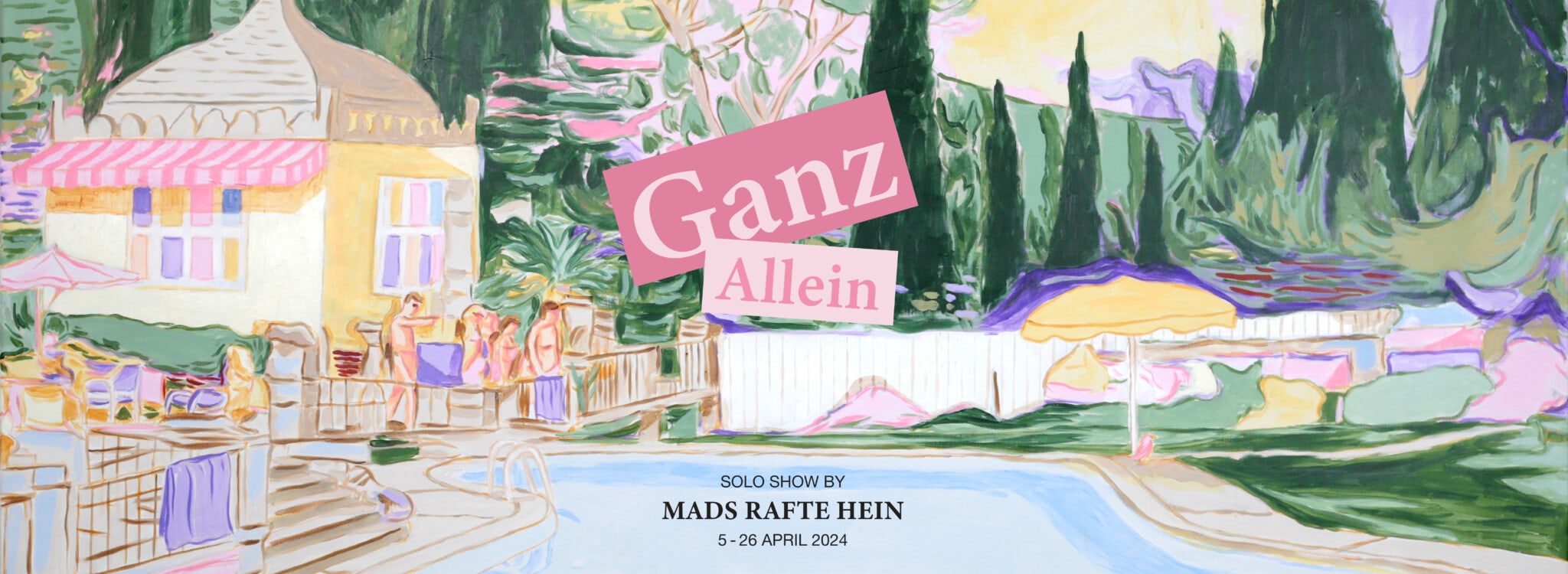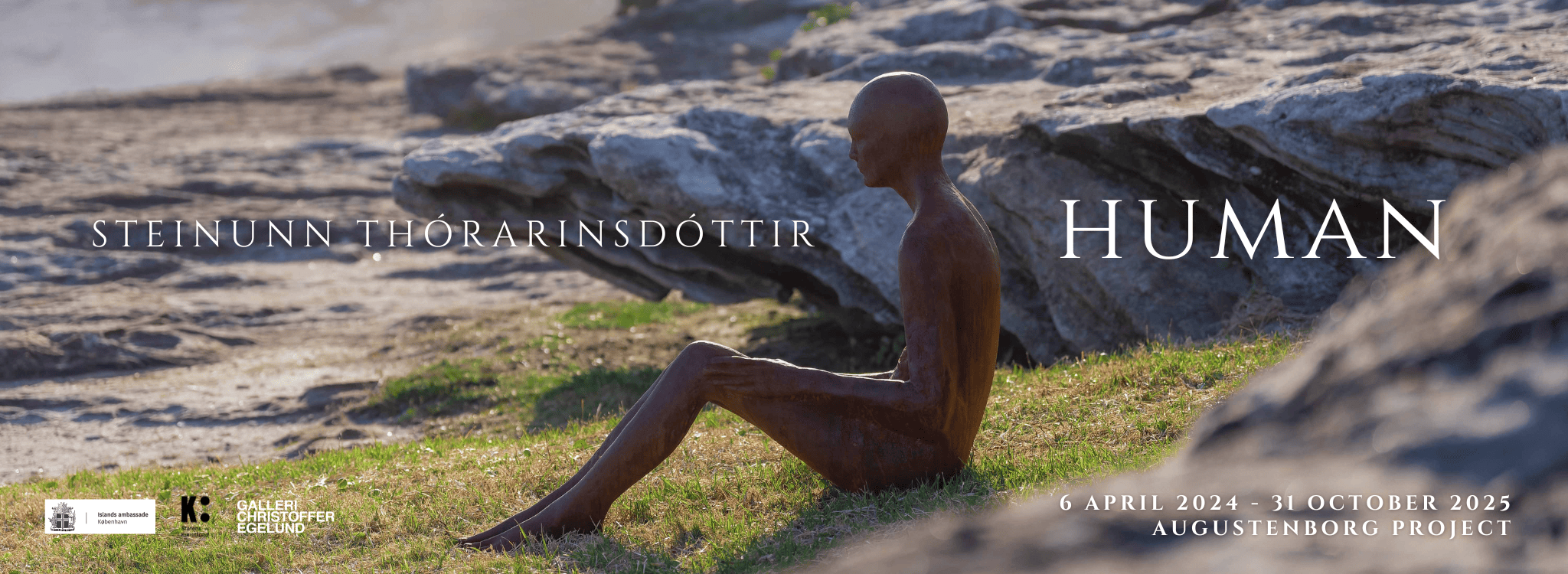Ganz allein by Mads Rafte Hein
Lush interiors in vivid, yet delicate colors. Intricate still lifes, rich, fanciful décor and the settings for nostalgic outdoor activities. The art of Mads Rafte Hein is filled with cheerfulness and joie de vivre, but also with melancholy and a resonating emptiness lurking beneath the surface.
Art is a lonely preoccupation – to both the artist and the viewer. It is produced by the artist who, alone in his or her atelier, expresses what is often the result of years of personal reflections and evolution. And in the end, when the viewer contemplates the work, he or she does so in what is, more or less inevitably, a vacuum. While it is possible to discuss our experience of art with others, it is almost impossible to describe visual experiences exhaustively with words, and thus, experiencing art remains a lonely endeavor. Historically, this loneliness is a part of the nature of the image. Ever since figurative art as we know it today emerged definitively during the High Renaissance of the 16th century, the image has in large part been constructed with a single viewer in mind. Perspective, the geometrical construction of the illusion of a three-dimensional space on a two-dimensional surface became the dominant way of creating images after its invention in the early 1400s - and this mode of picture-making presupposes that its viewer is a single person viewing it from a certain point in space. If the picture is seen from a different viewpoint, such as when standing next to the ideal viewer, the illusion vanishes due to distortion, and the image no longer seems three-dimensional. Thus, only a single viewer at a time can experience a perspective image the way it was meant to be experienced. Even though art has since largely moved on and found many other modes of constructing space, the perspective image remains ubiquitous; the photographic image which is so important in our daily lives due to TV and social media, obeys the laws of perspective just like traditional figurative art.
In Mads Rafte Hein’s art, the interior and the still life become expressions of the lonely nature of art. Opulent living spaces and luxurious still lifes adorn his canvases. Vibrant ceramics, intriguing ornamental objects and luscious plants fill his still lifes. But even though his subjects are like something out of the halls of Parisian high society, the occupants of these inviting spaces are nowhere to be seen. Almost all of Mads Rafte Hein’s pictures are devoid of living beings, and it is as if the fluttering contours make the empty space reverberate. Like Vilhelm Hammershøi, who famously depicted the poignancy of silence and emptiness in his classic Copenhagen interiors using a myriad of nuances of grey and rendered with short, hectic brush strokes, Mads Rafte Hein’s art shows that even in the absence of human beings, great meaningfulness is possible. Maybe it is even because of this lack of human presence that the expressiveness of objects and spaces gets to reach its full potential in Mads Rafte Hein’s art.
Like most of us, Mads Rafte Hein got to experience just how important our surroundings are to us during the COVID-19 pandemic. Forced to stay at home most of the time, he started exploring the interior as an important artistic genre. What you see and sense the most ends up constituting your visual universe. Those are the things that you know the exact appearance of and are thus able to picture in your mind’s eye. When you read a book, you picture a world made up in large part of such visually familiar things, or elements of them. And when you are presented with a new concept or phenomenon, you start off relating it to what you know before venturing into unknown terrain and incorporating new knowledge into your world. Thus, our surroundings become very important for defining who we are and what we are able to think, and this is what Mads Rafte Hein examines in his art.
An important aspect in relation to this is color. Mads Rafte Hein works as consciously with color as Hammershøi did, but instead of keeping the color variation within a very narrow range of saturation, Mads Rafte Hein lets his colors shine at full strength. Pinks, yellows, purples and greens harmonize in his works. Bright colors and pastels work together to create a vivid sense of joy and lightness in his empty interiors. As mads Rafte Hein himself says: “I think it takes a dark mind to paint with such crazy colors. At least, that is the solution to me. 5 or 6 years ago, I made the decision to change up my palette and my artistic universe. This has helped me reach a place where my demons are no longer as present. But still, they show themselves in my paintings from time to time, but this also helps me move on.”
Sometimes, his colorful universe is interrupted by a flicker of darkness: a skull, a raging panther, voodoo dolls and lost birds. Symbols that remind us of the darker sides of life and of the importance of keeping up the fight for a colorful, happy and imaginative space.









